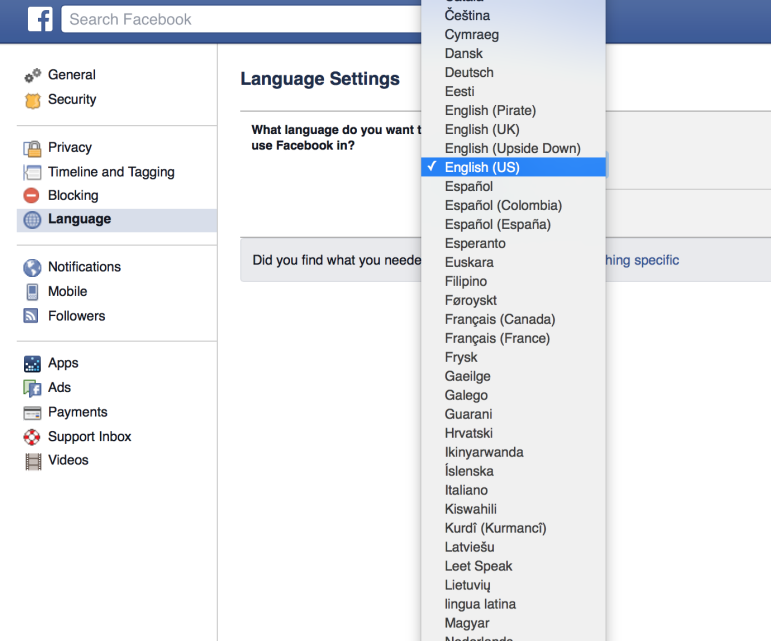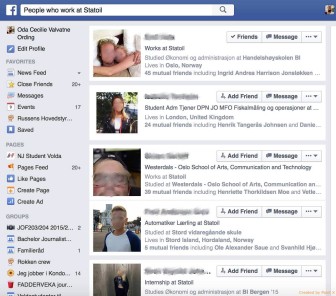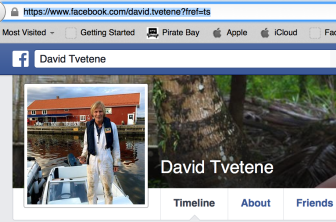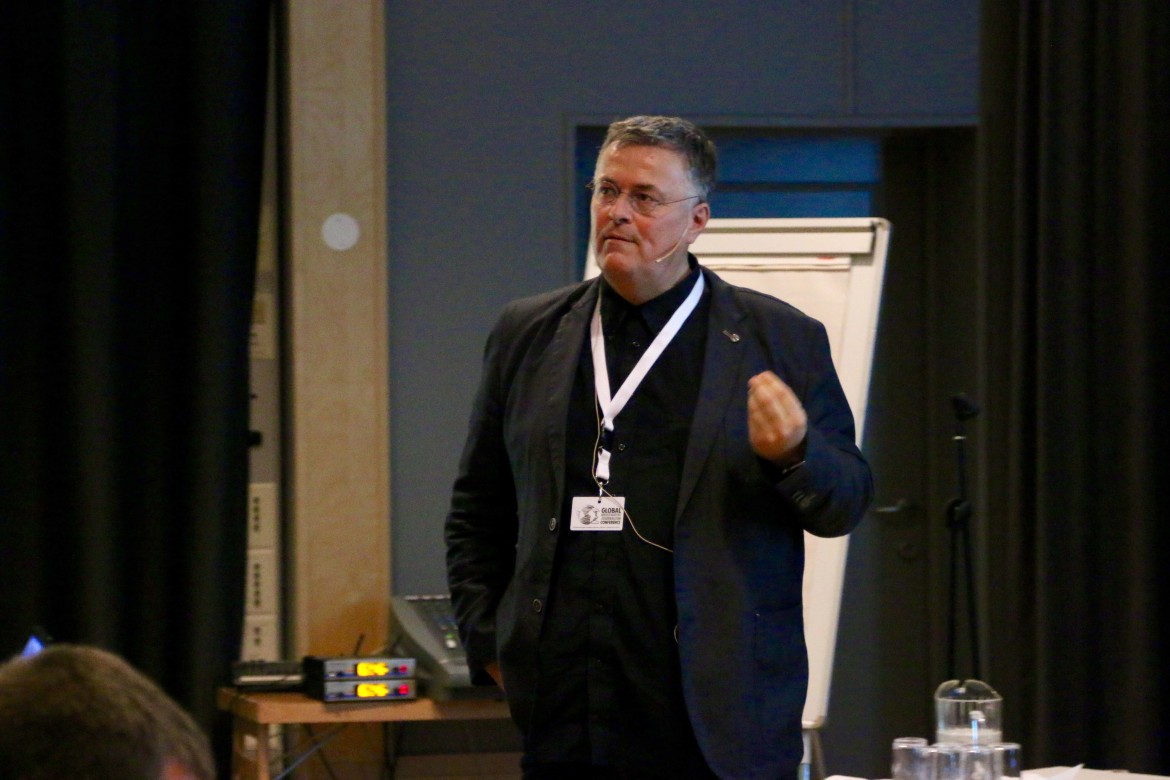
Henk van Ess shows how to use Facebook for your investigations.
The new searching tool Facebook Graph -meant to find details about your friends-, makes it now possible to dig deep into details about people you’ve never met. At his two conference sessions, Internet search expert Henk van Ess refers to it as “a brilliant tool for journalists”. How does this work? Henk will guide us.
Let’s imagine you’re sitting at the morning editorial meeting, and you’re supposed to cover an accident that took place in a factory close by. The police will not give out any sensitive information or details about what happened, but you still have to write the article. Now how do you to find someone who can give you first-hand-information on the accident? Facebook Graph is gonna be your savior!
STEP 1: Grab your computer, go to www.facebook.com, and change your Facebook language to “English US”. This is important, because the functions we’re about to use are not available, for example, in Europe.

STEP 2: Go to the search bar of Facebook and type: “People who work at ***(fill in company by choice)”. Hit the enter-button, and voilà, these results pop up.

Now we have filtered out a list of people working in the factory where the accident happened. This is already a good way to get in touch with someone who could give you first-hand-information.
STEP 3: Not everyone has an open Facebook profile, and messages sent to strangers inboxes will often end up in the “other inbox”, hidden away. So, how can you contact them? Let’s say David Tvetene is one of the workers at the factory. Click on his profile, then his Facebook-username is showing as a part of the URL. In this case: “david.tvetene”.

What most people don’t know is that every Facebook user has their own Facebook email address. This is composed by the username (david.tvetene) plus @facebook.com. So, in our example, it will be: david.tvetene@facebook.com. Most of us don’t use this address, so when you send something to it, the email will be redirected to this person’s private email.
This search function could be really helpful for journalists in their daily assignments. You can combine questions like “who, when and where” to find people to interview, connections between organizations and people, or to find people who visited a specific city on a given date.
That’s also why Henk created a search engine that works as a user guide, to understand Facebook Graph. You can check it out here.
No matter if you’re journalist digging after dirty secrets, or just a jealous girlfriend, Graph is definately a tool to satisfy your curiosity. Here are some phrases you may try out yourself:
Photos liked by *fill in what name you like*
People from Norway who visited North Korea
People who like McDonalds and Burger King and Subway
Bonus Track
Wanna know what the audience thought of the session? In this video, Zi Lian Chong, a journalist with The Straits Times in Singapur share his impressions.
Oda Ording and David Gustavsen Tvetene are journalism students at the University College of Volda who are on special assignment covering #gijc15.

